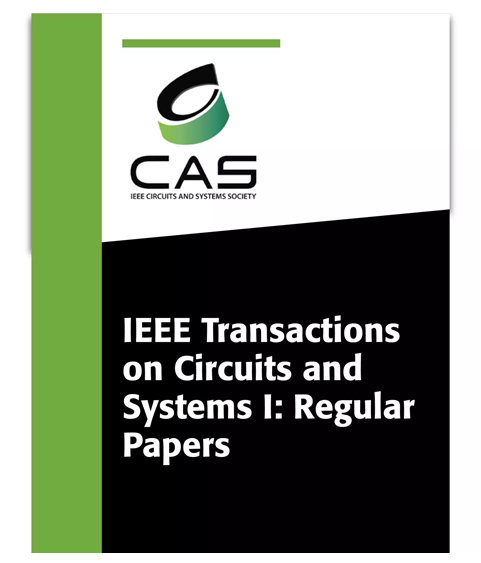癫痫发作的准确硬件预测器
IF 5.2
1区 工程技术
Q1 ENGINEERING, ELECTRICAL & ELECTRONIC
IEEE Transactions on Circuits and Systems I: Regular Papers
Pub Date : 2025-01-08
DOI:10.1109/TCSI.2024.3524513
引用次数: 0
摘要
癫痫会引发癫痫发作,患者在临床发病前就会发作,及时准确的预测可以挽救生命。一个研究挑战是设计准确、快速和节能的硬件预测器。这项工作通过提出一种新的基于机器学习的预测器来推进基于硬件的癫痫预测研究。为了提高学习效果,提出了一种新的可重构脑电图信号分割方法。提出的可重构分割自适应调整连续分割段之间的重叠程度,并生成新的分割段。使用所提出的卷积模块将这些准备好的片段馈送到卷积自编码器(CAE)中。提出的卷积模块使用优化的超参数,包括层数、过滤器、过滤器大小、池化方法、步幅值和填充,用于高学习和特征提取。学习到的CAE输入到经济长短期记忆(ELSTM)中,得到最终的预测结果。所提出的预测器通过利用癫痫活动的时间动态实现了高精度。它预测癫痫发作的准确率为99.32%,灵敏度为99.29%,每小时误报率为0.003,具有跨分类阈值的高性能,成本低,性能优于相关硬件解决方案。它是在独立的VHDL, Altera Arria 10 GX FPGA中实现的,并合成为45纳米技术。本文章由计算机程序翻译,如有差异,请以英文原文为准。
Accurate Hardware Predictor for Epileptic Seizure
Epilepsy triggers seizures, which develop before clinical onset in patients, and a timely and accurate prediction can save lives. A research challenge is to design accurate, fast, and energy-efficient hardware predictors. This work advances hardware-based seizure prediction research by proposing a new machine-learning-based predictor. It proposes a novel reconfigurable electroencephalogram (EEG) signal segmentation for increased learning. The proposed reconfigurable segmentation adaptively adjusts the overlap extent between consecutive segments and prepares new segments. Such prepared segments are fed into a Convolutional Auto-Encoder (CAE) using a proposed convolution module. The proposed convolution module uses optimized hyperparameters, including the number of layers, filters, filter size, pooling method, stride value, and padding for high learning and feature extraction. The learned CAE feeds into an Economic Long Short-Term Memory (ELSTM) to attain the final prediction result. The proposed predictor achieves high accuracy by exploiting the temporal dynamics of epileptic activity. It predicts seizures with an accuracy of 99.32%, a sensitivity of 99.29%, and a false alarm rate of 0.003 per hour, yielding high performance across classification thresholds, incurring low costs, and outperforming related hardware solutions. It is implemented in stand-alone VHDL, Altera Arria 10 GX FPGA, and synthesized into 45-nm technology.
求助全文
通过发布文献求助,成功后即可免费获取论文全文。
去求助
来源期刊
CiteScore
9.80
自引率
11.80%
发文量
441
审稿时长
2 months
期刊介绍:
TCAS I publishes regular papers in the field specified by the theory, analysis, design, and practical implementations of circuits, and the application of circuit techniques to systems and to signal processing. Included is the whole spectrum from basic scientific theory to industrial applications. The field of interest covered includes: - Circuits: Analog, Digital and Mixed Signal Circuits and Systems - Nonlinear Circuits and Systems, Integrated Sensors, MEMS and Systems on Chip, Nanoscale Circuits and Systems, Optoelectronic - Circuits and Systems, Power Electronics and Systems - Software for Analog-and-Logic Circuits and Systems - Control aspects of Circuits and Systems.

 求助内容:
求助内容: 应助结果提醒方式:
应助结果提醒方式:


